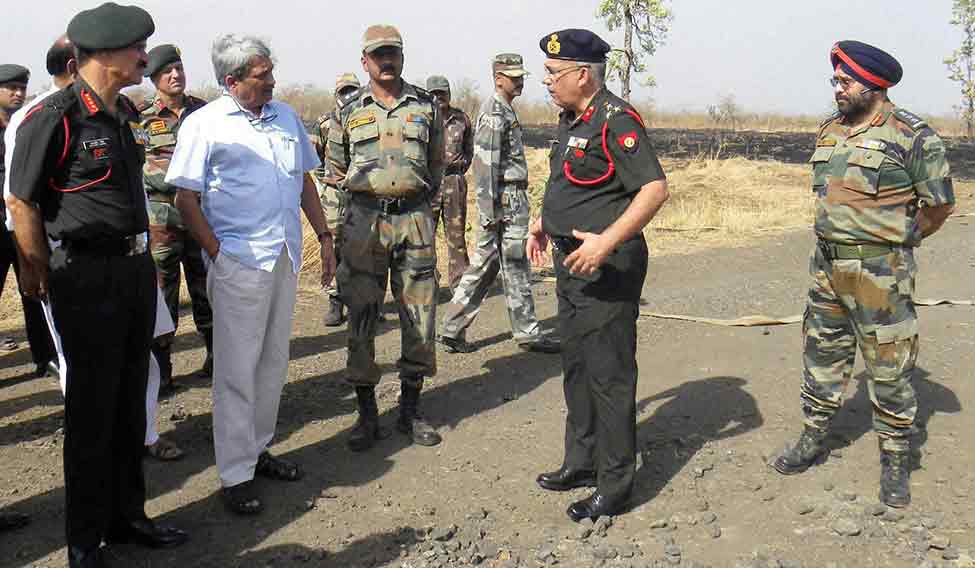The Central Ammunition Depot's inventory has 14 kinds of ammunition, from AK-47 bullets to BrahMos missiles. Commanded by a brigadier, the depot is spread over 7,000 acres at Pulgaon in Maharashtra's Wardha district. On May 31, tragedy struck when a fire swept through a shed containing anti-tank mines. Seventeen jawans and two officers died fighting the fire.
Army sources said that CAD firefighters noticed the fire at 1am and engaged it with equipment provided in the shed. But, warmed by the fire, the mines started exploding. Of the men who fought the fire, 19 died, three are critically injured and one is missing.
“Bodies are charred beyond recognition,” a CAD officer said. “We will carry out DNA tests to identify the bodies, and, only then will we hand them over to the families.”

Sources said sheds next to the gutted one contained artillery shells. Had the flames reached there, it would have been a repeat of earlier fires at field depots in Bharatpur and Kundru (see box). In both instances, exploding artillery shells caused considerable damage to the depot.
Defence Minister Manohar Parrikar visited the CAD to condole the deaths. Full of praise for the firefighters, he said their sacrifice prevented more deaths. General Dalbir Singh, the Army chief, has ordered a court of inquiry. The CAD comes directly under Army Headquarters. Its stock comes from domestic ordnance factories and through imports. The ordnance is then supplied to troops through the countrywide network of field depots.
Previous fires have all been in field depots, and guidelines have been issued to prevent such incidents. According to guidelines, firefighters are to engage a fire only if it is restricted to one shed. If it is spreading, personnel must take cover to protect themselves from shrapnel. Also, all undergrowth must be mowed to prevent spread of fires. Depots have also been instructed to keep all wiring concealed.
Though the cause of the fire in the CAD has not been ascertained, Army sources said all fires happened in summer. Officers also said there would have been more deaths if the CAD was storing its full quota of munitions when the mishap happened.
In a report to Parliament, the Comptroller and Auditor General of India was highly critical of the firefighting capabilities of armament depots. The report said: “Deficiency of firefighting staff and main firefighting equipment during 2008-13 was 47 and 65 per cent, respectively, in eight selected depots. The step for revision of firefighting staff and equipment was initiated by Director General (Ordnance and Supplies) in November 2011, but the same could not be finalised till March 31, 2013. The depots were functioning with risk of fire accident as the equipment and manpower are not held as per requirement, as these depots were holding depots of ammunition.” The CAG also reprimanded the Army for storing around 20 per cent of its ammunition inventory in temporary shelters, which could even be just under a tarpaulin cover. Ideally, sheds for ammunition storage should be underground, igloo-shaped and made of concrete.
Army officers said this was the second major mishap involving anti-tank mines. In 2001, during Operation Parakram, 30 jawans were killed while transporting anti-tank mine fuses. “The jawans were taking away the fuses for disposal in three trucks when the explosions took place,” an officer said.







